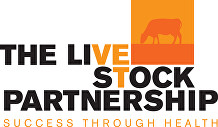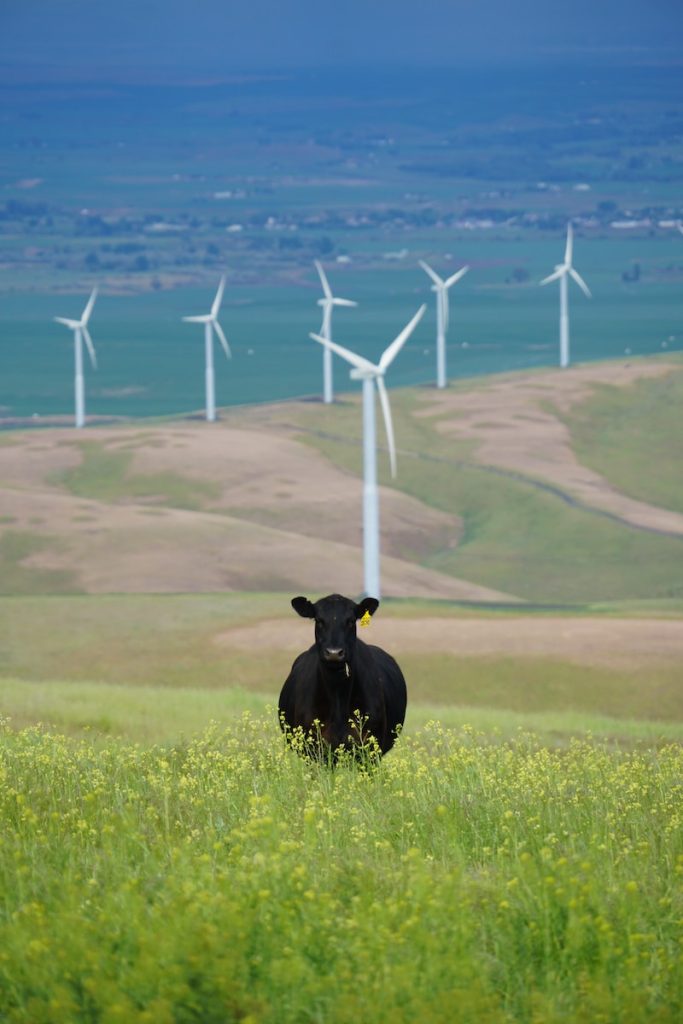Biodiversity is a continued hot topic especially in regards to farming. Hopefully those that attended our summer barbeque at Knepp have has a chance to see some of the diversity regenerative farming is bringing back. Knepp is an example of a large-scale regenerative project which understandably wouldn’t fit most farms but there are definitely principles of practices of regenerative farming or more broadly agroecology that could be adaptive to smaller areas.
Agroecology encompasses all farming methods that work with or within nature to produce food, aiming to minimise external inputs and maximising diversity in a functional ecosystem. It is all about optimise the interactions between plants, animals, humans and the environment to produce sustainable, responsible food for the whole planet. Regenerative practices and organic practices are examples of agroecology.
The UK is currently ranked 12th globally for most biodiversity lost. Over the last 60 years in the UK:
· 41% of species have seen a decline
· 15% are at risk of extinction with 133 already declared extinct
· Only 44% of woodland is managed conservatively
· Around 2000 new non-native invasive species have been introduced
Public sector funding on biodiversity as a proportion of GDP has fallen by 42%
Over the last century we have lost 75% plant diversity with the majority of world’s food coming from just 12 plants and 5 animal species. Of all the edible plants on the planet we only consume 4% with 60% of all calories consumed come from just 3 plants rice, maize and wheat. Animals provide 30% of all food and 12% of the population live almost entirely off ruminant products; globally 30% livestock breeds are now at risk of extinction as no longer desired.
According to some experts there is still time for the UK to ‘reverse’ or at least renew an acceptable level of biodiversity if we all act sooner rather than later – there are quite a few targets laid out as part of ELMS and SFI for the UK as a whole.
There are 10 key elements in the agroecology framework; these are listed below and can be useful to facilitate decision-making planning, implementing, managing, and evaluating on farm practices and goals.
1.Diversity: key to ensure food security and nutrition while conserving, protecting and enhancing natural resources. Diversity of species, genetic diversity within species, diversity in space and time across all trophic levels.
This is the main area that we can all get involved in improving, so I will focus on this in the second part.
2. Co-creation and sharing of knowledge: using science, tradition, culture and education to improve farming and food production
3. Synergies: building relationships to mutually benefit and support production and multiple ecosystem services.
4. Efficiency: Altering agricultural practices to minimise need for inputs while maximising outputs and production
5. Recycling: ensuring less waste and led degradation/ depletion of natural resources
6. Resilience: improving biodiversity and synergy will lead to a greater capacity for tolerance and recovery
7. Human and social values: empowering local communities and creating opportunities, equality, inclusion and security
8. Culture and food traditions: by supporting healthy, diversified and culturally appropriate diets, agroecology contributes to food security and nutrition while maintaining the health of ecosystems.
9. Responsible governance: contributing to governance mechanisms at different scales – from local to national to global.
10. Circular and solidarity economy: reconnecting producers and consumers; providing innovative solutions for living within our planetary boundaries while ensuring the social foundation for inclusive and sustainable development; decreasing waste/food miles etc.
Get in touch to find out more about how we can help you

